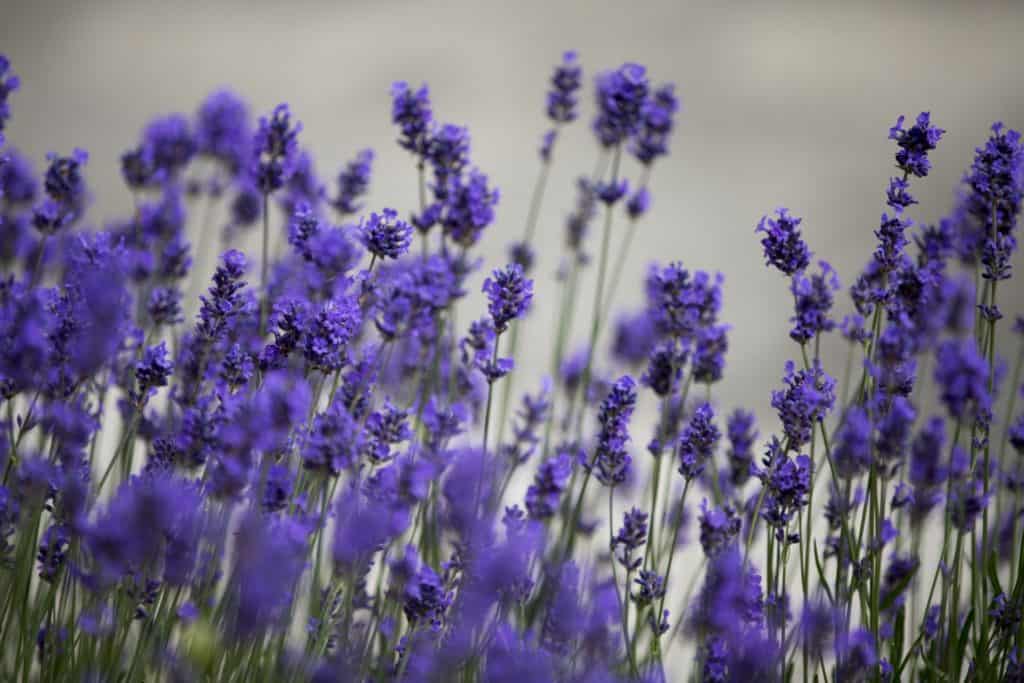As you get older, the story of your life starts to get played out on your skin. Once you realize this you might be inclined to start making better choices but often, the signs of aging have already set in to stay. Smoking, drinking, and junk food are just a few factors that can cause premature aging signs. Whatever the cause, if you’ve noticed aging skin before your time, don’t despair. With a few easy additions of essential oil to your beauty routine, you’ll be seeing results fast.
Essential oils have long been used in many different circumstances, ranging from cosmetic to medicinal, through many different cultures worldwide. Dense with vitamins and nutrients, these highly concentrated forms of oil pack a whole lot of goodness within just a few drops. Essential oil is mostly extracted from plants, flowers, fruits, and vegetables, and different oils benefit different areas. Proven to be very effective in treating wrinkles, age spots, fine lines and other signs of aging, here are 10 of the best essential oils to fight the main signs of aging.

1. Lavender Oil
Lavender is one of the most popular fragrances around. A common ingredient in perfume and bath products, it’s long been used in many cultures to treat various ailments like nervous tension, blood circulation, respiratory problems, insomnia, migraines, headaches, depression, anxiety, and emotional stress. It’s also used as a bug repellent, a disinfectant, pain relief, and for hair and skin care.
Coming from the Latin word lavare, which means ‘to wash’, lavender can be found in the ingredient list of many health and beauty products. The aroma alone can treat nervous exhaustion, restlessness, and increases mental activity, and when used topically it can treat scarring, wrinkles, psoriasis, and other inflammatory skin conditions.
Lavender is a wonderful essential oil when treating the signs of aging because of its antiseptic and antifungal properties. It’s also used in healing cuts, burns and other wounds because it speeds up healing by improving the formation of scar tissue. Including lavender essential oil into your skincare regime is as easy as adding a few drops into your favorite moisturizer. Or choose a carrier oil (one that blends well with others) such as coconut oil and simply add a few drops in that, to create an all-in-one massage oil, face mask, body scrub and skin conditioner. Apply daily to any areas of the face/neck/body where signs of aging or other skin conditions may be appearing.
Though lavender essential oil is full of benefits, it must only ever be applied topically or inhaled through means of aromatherapy (such as with a vaporizer or oil burner). And though it takes a lot to be considered excessive, too much can cause nausea, vomiting or headaches.
